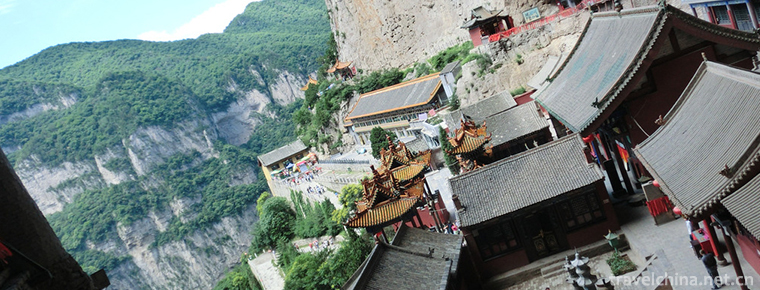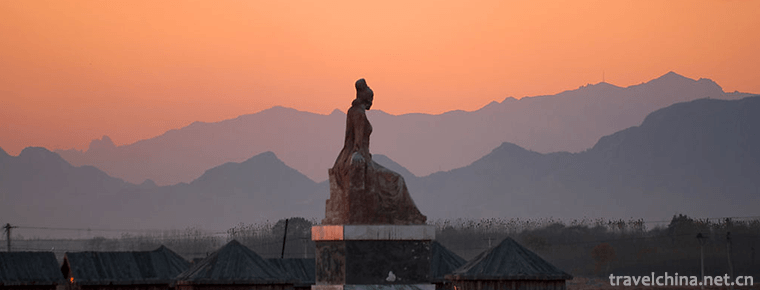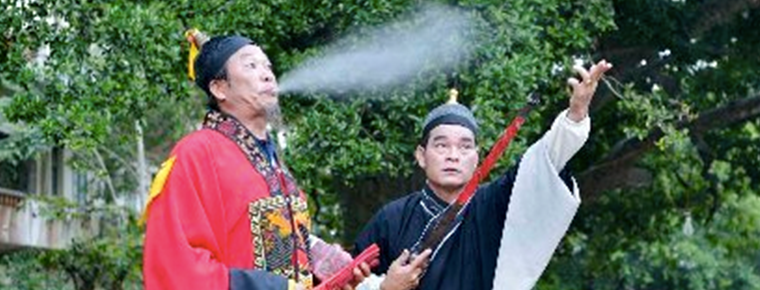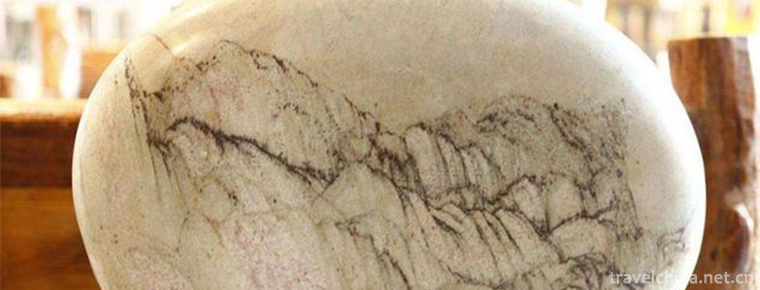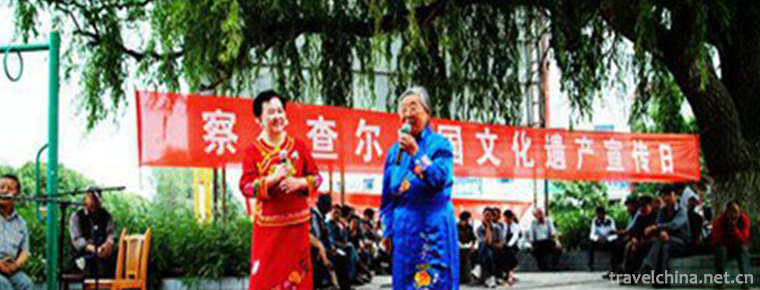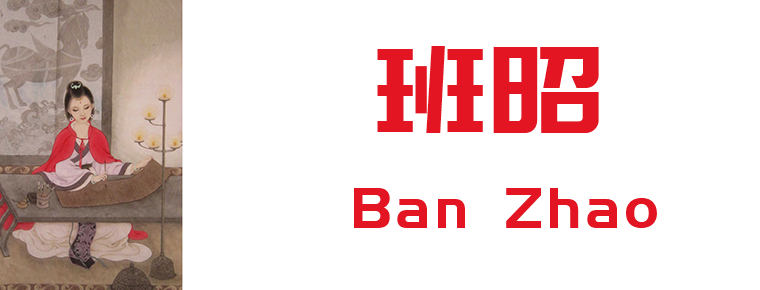Huaian Government Office
Huaian Government Office
Huai'an government office is located in Huai'an City, Jiangsu Province, which is a national AAAA tourist attraction. It is located in Dongmen Street, Huai'an District, the old city of Huai'an, north of the Governor's Cao Yun Department.
Its lobby is the largest in the country with an area of more than 500 square meters. Huai'an government office is the symbol and witness of Huai'an's historical status, and its scale is huge.
Development history
The architectural history of Huai'an Prefecture can be traced back to the Southern Song Dynasty. The existing Yamen Temple was originally Wutong Temple in the Southern Song Dynasty and Tanwan House in the Yuan Dynasty. In the first year of Hongwu Ming Dynasty, Zhifu Fanzhong renovated the General Administration Office of Huai'an Road in Yuan Dynasty (now the Governor's Office of Cao Yun). In the third year of Hongwu, Yao Bin, the newly appointed Zhifu of Huai'an, chose the Wutong Temple and Tanwan House of Yuanyi in the Southern Song Dynasty north of Shangbanjie, and rebuilt it. As the new office of Huai'an House, Yao Bin remained in use until the end of Qing Dynasty.
After the Revolution of 1911, the Huai'an Prefecture Office was the seat of the Huai'an County Government, which had been occupied by factories since liberation.
After the reform and opening up, Jiangsu's economy has developed rapidly. As a famous historical and cultural city in China, Huai'an's protection and utilization of culture has been highlighted. Up to now, after protective renovation and environmental beautification, the Huai'an government office has become the largest ancient government scenic spot in China and the center of the ancient city with its former Governor's Cable Transport Department and Zhenhuai Tower as a whole.
Main attractions
edit
Huai'an Prefecture is located in Dongmen Street, Huai'an District, Huai'an City, Jiangsu Province, north of the Governor's Cao Yun Department. Its lobby is the largest in the country with an area of more than 500 square meters.
There are more than 50 houses and 600 houses in the Ya, which are divided into three roads: east, middle and west. There are lobbies, two halls and six departments in the middle road. The east road is a place for guests and banquets. The West Road is a military catching hall. There are stone lions, picture walls and memorial halls outside the gate.
In addition, according to local historical records, there are still Zhiqing Tang, which was written by Sun Huchen, the governor of Song and Chuzhou, after the government was ruled by the government; Qibiantang, built in the government, was also built in the Song Dynasty. It is said that it was "a distinct rotation, a neighboring county". The kitchen is behind the rattan flower hall, and the kitchen worker is Siguitang, which should be Xiaotang.
There is a park in the back of the government office, originally known as "Paradise Stealing". In Chen Wencang's poems on Huai Shang, Zhifu, there is "Stolen Paradise on March 3", the preface of which is: "After the park is in the imperial court, there are pavilions, vegetable beds, and the time of mending, and his sons are ordered to ask their teachers to spend money on drinking. Reading the tablet between the public walls all year round in Lishui:'Water is worrying, drought is worrying, too much joy is stolen'. Zhang Gongming, Dunren, was appointed Huai'an Zhifu in the 29th year of Jiajing. He wrote a book entitled The Story of Paradise Stealing, in which he said, "There are pavilions in the north of the hall, pavilions and pools, bridges on the pool, birches and locust trees on the left and right of the pavilion." The name of "stealing pleasure" is taken by him and placed on a plaque. His "Records of stealing Paradise" is also inscribed in it. During the reign of Tianqi, Song Zushun, the Zhifu of Huai'an, thought that the word "stealing" was ungraceful and tame, and changed it to "Yu Paradise". A restaurant in Shangbanjie inherited the name of the park.
Fucheng and Fuguan
Huai'an Fucheng has a history of 2200 years. In the twenty-fourth year of Guangxu in Qing Dynasty, Premier Zhou Enlai, a great man of one generation, was born in Juma Lane, Huai'an Prefecture. This is an important birthplace of Huaiyang cuisine in China. It has been regarded as an important military place in the past dynasties. It has the reputation of "Huaicheng of Tie Da". It has also been called "the four major cities along the canal" by Huaiyang, Suzhou and Hangzhou. Since ancient times, Huaian has gathered a large number of cultural relics and places of interest in the city. As one of the only ancient government bureaucracies in the country, the Huaian government office has shown its historical status.
During the Ming and Qing Dynasties, Huai'an City was the throat of water transport, and its commerce was very prosperous. Located on the Bank of the canal, the city has vast waters. The West and north of the old city are all watery areas. Only the middle part of the city has a high north-south terrain. Huai'an Prefecture Office is located in the north-central part of the city, the governor's water transport department is located in the middle of the city, the provincial college, the supervisory school and the Shanyang County Office are located in the south-central part, and the lobby of the Ministry of water transport and punishment is located in the southwest corner of the city. It is advantageous to be in the middle and command.
Huai'an Prefecture Department has heard Li Yuchang (World Granary) case and other famous cases, which have rich cultural connotations. Guan Hanqing compiled the drama Dou'e Injustice with Huai'an Government Department as the theme.
Tourism information
1. Opening hours of scenic spots: 8:30-17:30
2. Ticket Collection Place: Ticket Office of Scenic Spot
3. Reservation criteria for special population:
A. Free Policy: No tickets for children under 1.2 meters; No tickets for elderly people over 70 years old, disabled persons and soldiers with valid certificates
B. Preferential policies: 20 yuan for pupils; 30 yuan for junior high school students, senior high school students and college students (all need to hold valid certificates)

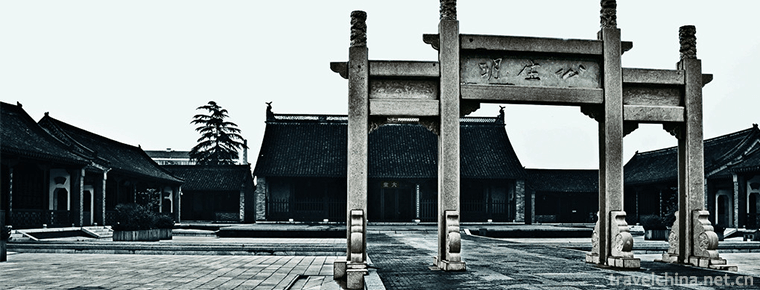
-
Jiuzhaigou Valley Scenic and Historic Interest Area
Jiuzhaigou: World Natural Heritage, National Key Scenic Spots, National AAAAA Class Tourist Scenic Spots, National Nature Reserves, National Geoparks, World Biosphere Reserve Network, is the first nat.
Views: 200 Time 2018-10-13 -
Mianshan Scenic Area
Mianshan Scenic Spot is a national AAAAA class tourist attraction, a key scenic spot in Shanxi Province, the birthplace of Ching Ming Festival (Cold Food Festival),.
Views: 298 Time 2018-11-24 -
Legend of Meng Jiangnu
Meng Jiangnu's story, as one of the four love legends in ancient China (the other three are Niulang and Zhinu, Liang Shanbo and Zhu Yingtai, and The Legend of White Snake), has been widely circulated .
Views: 265 Time 2018-12-23 -
Mudan River Side Wall
The Mudanjiang Side Wall was built in the Tang Dynasty, presumably at the junction of Mudanjiang City in Heilongjiang Province and the northeast of Hailin County. .
Views: 286 Time 2019-02-07 -
Hainan Zhai Opera
Hainan Zhai Opera is a traditional sacrificial ritual drama in Hainan Province. It is similar to the Nuo Opera in northern China. It is known as "Nuo Opera in the north.
Views: 208 Time 2019-05-02 -
Mongolian Boke
Boke is one of Mongolian traditional sports and recreational activities. People on the grassland call Mongolian wrestling "Boke" (strong, united and lasting meaning of Mongolian). It is the .
Views: 108 Time 2019-06-03 -
Stone Appreciation Art
In the form of both pictures and texts, Stone Appreciation Art popularizes the knowledge of Stone Appreciation Art to readers, especially young readers..
Views: 142 Time 2019-06-13 -
Xibo Folk Songs
Xibo folk song is an important kind of traditional music culture of Xibo nationality, which is widely spread among the Xibo people in Chabchal Xibo Autonomous County and Xinjiang. Folk songs are an im.
Views: 133 Time 2019-07-01 -
Aba Teachers University
Aba Teachers College, formerly Aba Teachers College, is a full-time general college approved by the State Council in December 1978. In 1993, it was renamed Aba Teachers College. The school was origina.
Views: 227 Time 2019-08-31 -
Ban Zhao
Ban Zhao (about 45 years - about 117 years), also known as Ji, the word Hui ban. Fufeng An Ling (now northeast of Xianyang, Shaanxi), a historian and a writer of Eastern Han Dynasty. historian Ban Bi .
Views: 287 Time 2019-09-11 -
Guangan location
Guang'an City is located in the east of Sichuan Province, with the geographical coordinates of 30 ° 01 ′ - 30 ° 52 ′ n, 105 ° 56 ′ - 107 ° 19 ′ e, 134.5 km from east to west, 93.6 km from north to south, from Linshui county to Dazhu County of Dazhou City, from.
Views: 359 Time 2020-12-19


